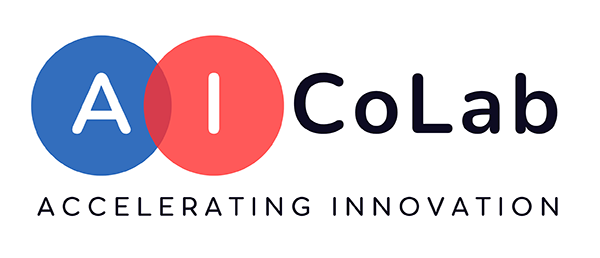Top 5 Departments
Launched by Bluebird Advisory and AI Colab


AI Leaderboard

Department of Finance

Department of Agriculture, Fisheries and Forestry

Department of Climate Change, Energy, the Environment and Water

Department of Employment and Workplace Relations

Department of Education
RANKINGS CONTINUED:
6 Services Australia | 7= Department of Industry, Science and Resources | 7= Department of Veterans’ Affairs | 9 Department of Health, Disability and Ageing | 10 Australian Taxation Office | 11= Department of the Prime Minister and Cabinet | 11= Department of Home Affairs | 13= Department of the Treasury | 13= Attorney-General’s Department | 13= Department of Infrastructure, Transport, Regional Development, Communications, Sport and the Arts | 16 Department of Social Services | 17 Department of Foreign Affairs and Trade
How the ranking is calculated
The scoring system is based on four categories: Governance & Accountability, AI Use & Impact, Capability & Engagement, and Overall Quality. Each category has a maximum score of 25 points and is composed of five sub-criteria.
Accountable Official Identified | Clearly names the person responsible for AI governance |
Governance Structure | Describes oversight mechanisms (e.g., committees, reporting lines) |
Risk Management Approach | Explains how risks are assessed and mitigated |
Use of AI Assurance Framework | Indicates use of DTA’s framework for high-risk AI |
Internal Register of AI Use | Mentions or describes an internal register of AI systems |
AI Use Cases Described | Lists or explains current AI systems and their purposes |
Public Impact Disclosure | Clarifies whether AI affects public services or decisions |
Human Oversight | Describes how human oversight is maintained |
Ethical Considerations | Addresses fairness, bias, and ethical safeguards |
Transparency of Decision-Making | Explains how decisions made by AI are communicated |
Staff Training | Describes AI training programs for staff |
Role-Specific Training | Indicates tailored training for key roles (e.g., procurement) |
Public Accessibility | Statement is easy to find and read online |
Feedback Mechanism | Provides a way for public or stakeholders to give feedback |
Commitment to Updates | Mentions regular review and update schedule |
Clarity & Structure | Well-organised, readable, and jargon-free |
Compliance with DTA Policy | Meets all mandatory elements of the DTA policy |
Evidence of Implementation | Shows real-world application, not just intent |
Innovation & Leadership | Demonstrates leadership or innovation in AI use |
Cross-Agency Collaboration | Mentions partnerships or shared initiatives |
Lead with Transparency. Build with Confidence.
Bluebird Advisory helps government departments and public sector organisations communicate their AI use with clarity, integrity, and purpose.
Why AI Transparency Is More Than Compliance
We empower organisations with innovative digital solutions and expert consultancy. Our services include digital transformations, data analytics, cyber security, project delivery, change management, and financial optimisation, all tailored to help our clients achieve sustainable results.
How Bluebird Supports You
Our AI Transparency & Capability Services
- Create an AI use case inventory by reviewing existing business processes.
- Apply a risk matrix to assess and prioritise AI use cases and associated processes.
- Select pilot use cases based on risk level, value for money, and operational efficiency.
- Develop reusable AI prompts for high-volume, business-as-usual (BAU) scenarios.
- Monitor, evaluate, and report on the performance and impact of pilots and prompt usage.
- Scale successful pilots for broader operational use across the agency.

